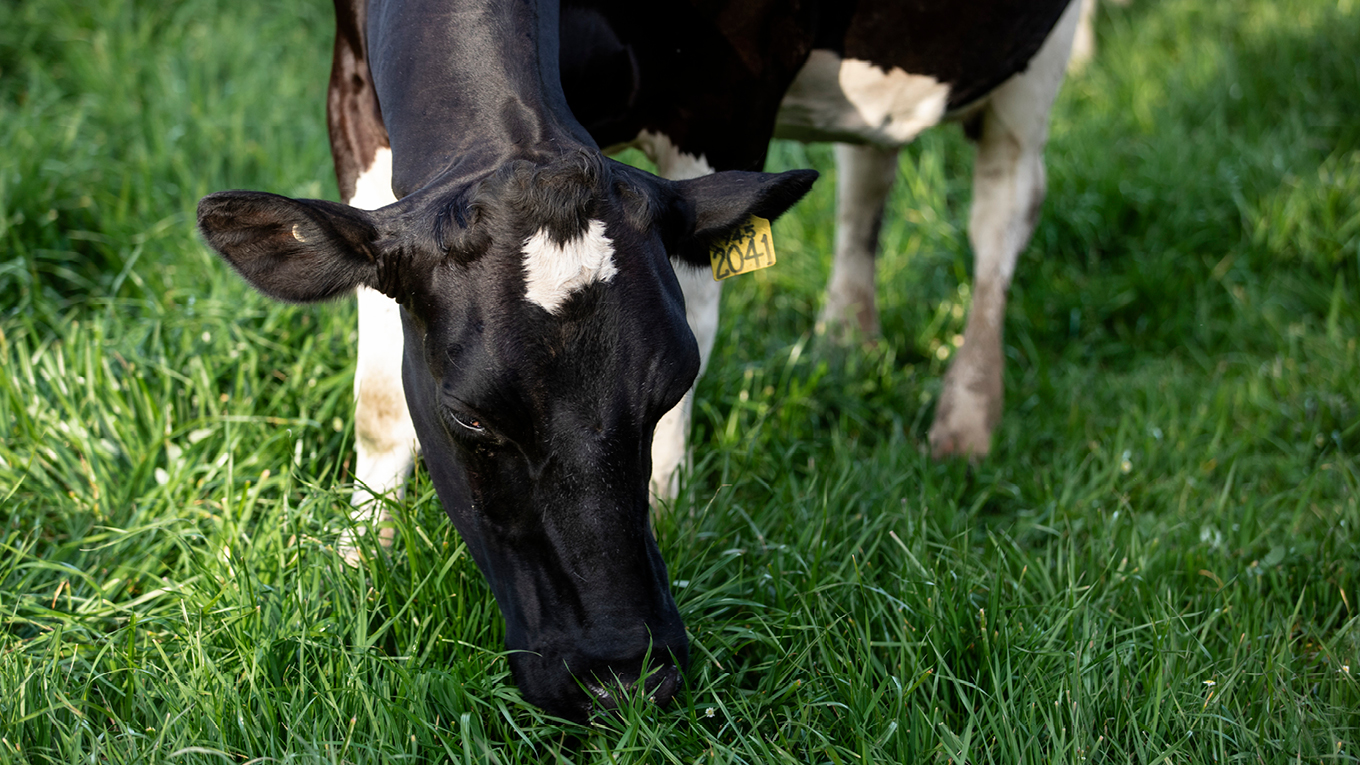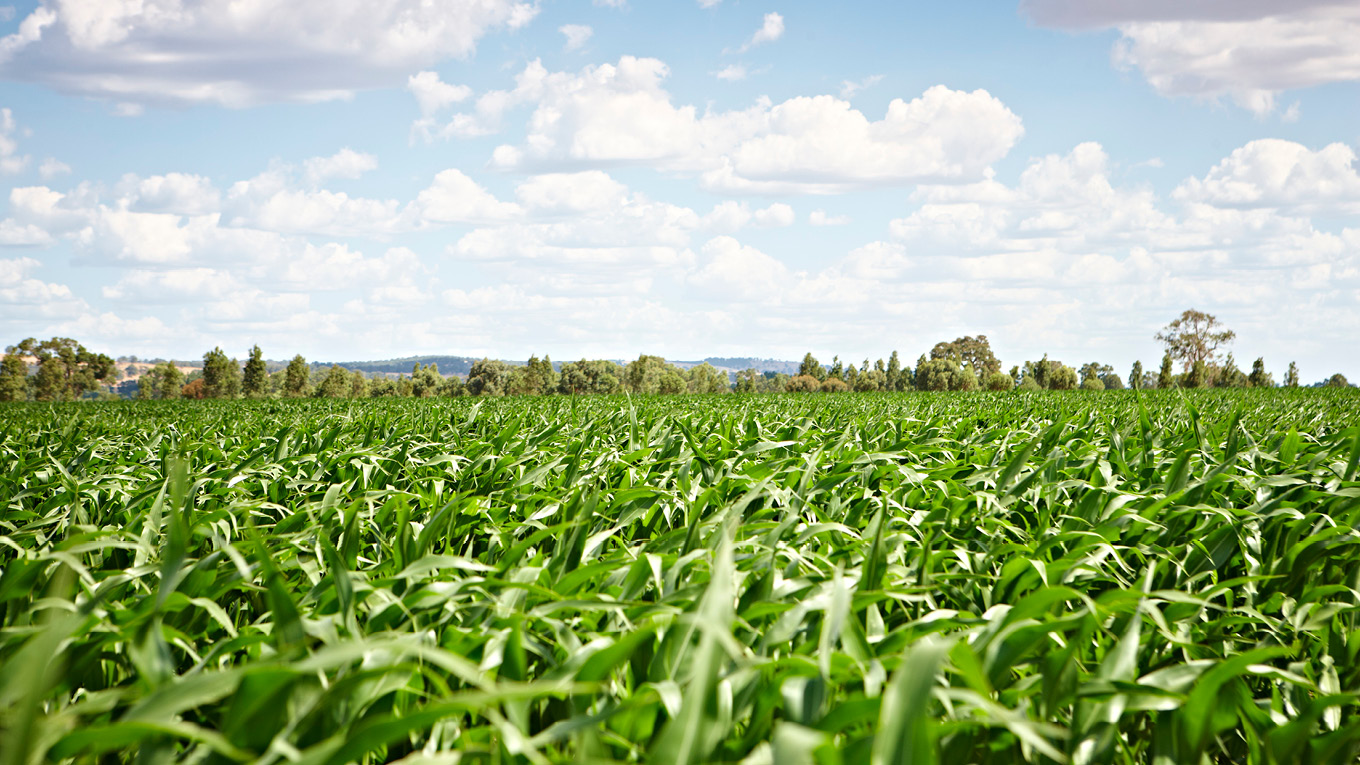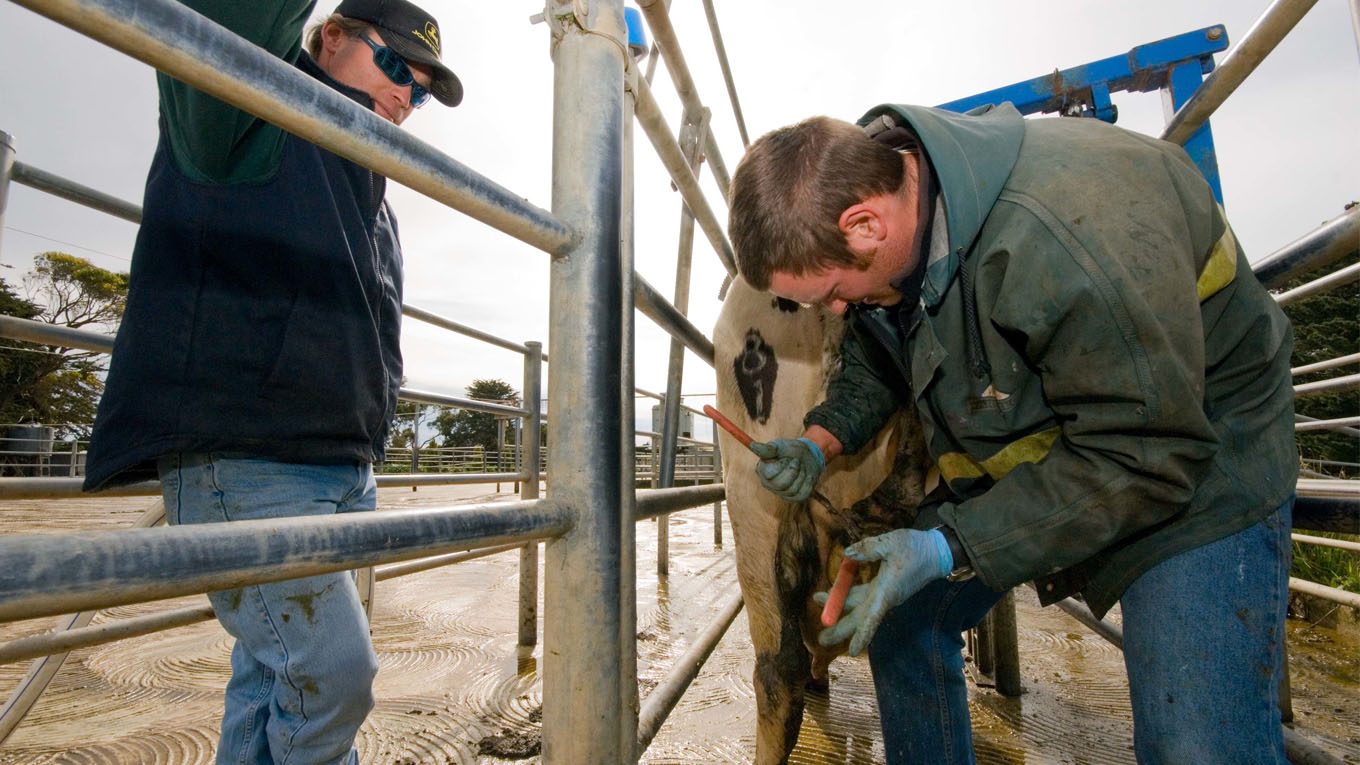Botulism
Botulism is a disease of the nervous system which usually occurs when cattle consume feed or water contaminated with animal carcasses.
What to look for
The signs of botulism depend on the dose of toxin.
In severe cases:
- Sudden death
- Paralysis immediately before death in some cases.
In moderately severe cases:
- Multiple down cows with muscle weakness
- Paralysis of the tongue and jaw muscles causing tongue to hang out or be easily pulled out
- Affected animals are unable to eat, drink or swallow
- Paralysis of the tail and constipation.
In mild cases:
- Restlessness, stumbling or staggering
- Loss of appetite and constipation
- Sunken eyes due to dehydration and rapid loss of condition
- Cows then go down and become unable to raise their heads.
Cause
Botulism is caused by bacteria called Clostridium botulinum that grows in decomposing animal carcasses, e.g. dead rodents, birds and snakes, or plant material.
Botulism most frequently affects dairy herds when feed contaminated with carcasses is fed to cattle.
The disease can be caused by very small amounts of toxin.
When the toxin is at its highest levels in the carcass, only a few grams of carcass material will be fatal to cattle.
Animals likely to be affected
All ages of dairy cattle may be affected if they consume contaminated feed.
Confirming the diagnosis
The diagnosis of botulism is based on the symptoms and likely exposure to contaminated feed or water. Laboratory tests for botulism are often falsely negative.
Symptoms of botulism can appear from 12 hours to two weeks after consumption of contaminated feed.
Treatment
There is no specific treatment for botulism. Botulism antitoxins are not available in Australia.
If affected animals cannot stand, they should be humanely euthanased as they will not recover.
Deaths may continue for up to three weeks following the start of an outbreak.
Risk factors
- Feed sources contaminated with animal carcasses, e.g. hay made during a mouse plague.
- Use of mixer wagons.
- Contamination of water with animal carcasses, e.g. dead birds in water troughs.
- Water-damaged feed or decaying plant material in stagnant water.
Prevention
Botulism is preventable by vaccination and vaccination is recommended for all herds that are fed via a mixer wagon.
There are several different vaccines available with varying lengths of protection.
Consult a veterinarian to determine which is the most appropriate vaccination.
Avoid feeding water damaged or poorly conserved feed, particularly silage, or feed with known contamination with animal carcasses.
Regularly inspect water troughs and immediately remove animal carcasses.


